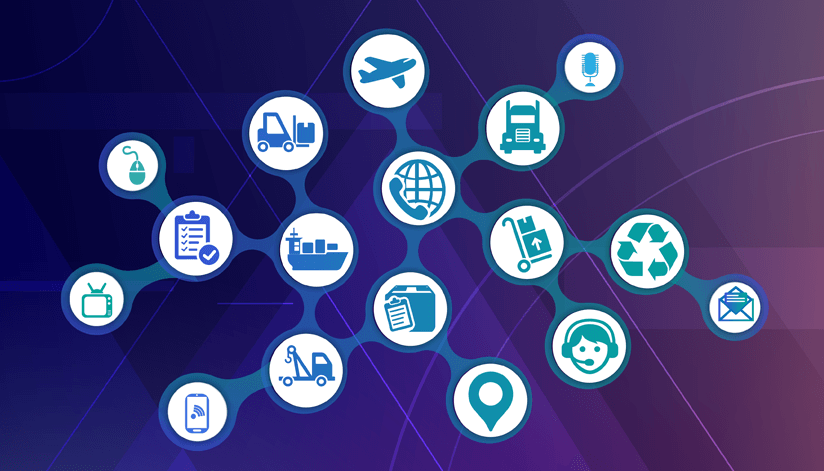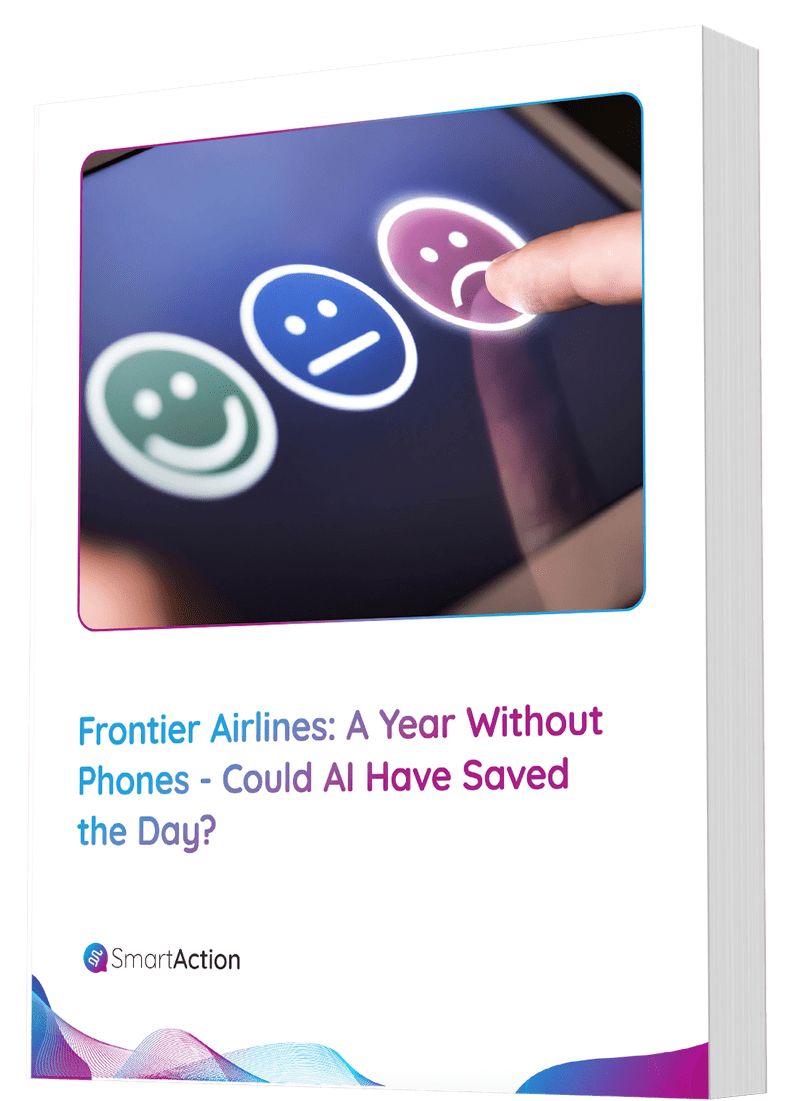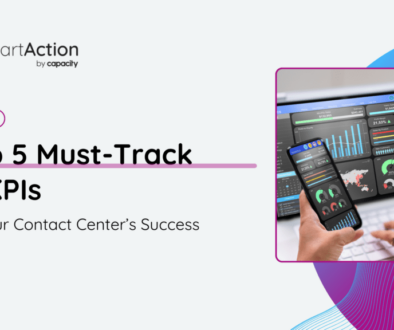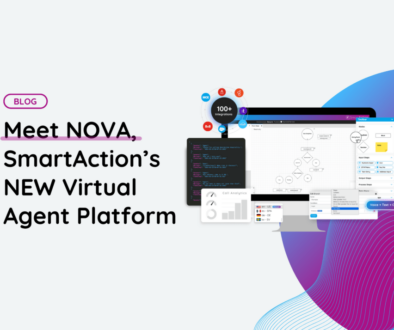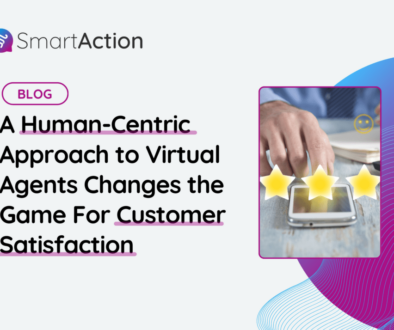Q&A: Designing a Self-Service Strategy with Your Customers and Agents in Mind
Identifying where and how to implement Artificial Intelligence is one of the biggest challenges companies face when considering self-service. After hearing this from leading companies in the industry, we asked SmartAction’s Director of Client Solutions Kim Cox to share typical advice she gives clients. In our recent webinar, she details the areas where clients have achieved success, both with explicit goals and unintended benefits. Read a portion of the conversation below and watch the entire webinar here.
Moderator: Let’s talk about collections. Have you noticed with your clients that using [SMS] text for collections actually works? It seems like a robot would be easier to ignore than an actual person.
Kim Cox: As with many “human vs. robot” arguments, it’s tough to see it working because it totally depends on the business. If there’s fear of cancellation or some sort of penalty for lapsed payment, we might not be able to catch those customers on the phone. We might receive a lot of hang-ups from people hearing an automated bot – either sending them straight to voicemail or hanging up halfway through.
Where you’re really going to see the ROI is in the callback. For any collections application, we recommend setting up a dedicated line for customers to call back into the same payment app; we call it “bundling payment.” Our clients don’t often collect on the initial outbound call, but the call itself triggers same-day payments about 60% more often when coupled with letters and emails. So, simply notifying people of a due payment is not always the best step. It’s making sure there is an entire well-designed payment process to back that up, as well.
Moderator: Perfect. Again, this is probably business-dependent, but is there a typical amount of time it takes to see ROI on self-service?
Kim: Sure, that’s a great question. I think that as folks think about AI, there’s always a fear of user adoption. And that’s certainly true. We typically see a dip in their volume of adopting or choosing the system, and then slowly it will jump up. So, we always say, give it some time within the first, I would say, month – it’s going to fluctuate throughout. But then as your agents and callers get used to having that option available to them, it will take off. There’s always seasonal peaks and valleys for any type of business. But I would say that because more and more people are using AI in their day to day life, they’ll be more excited to have that option available to them.
Moderator: What are the most popular applications being implemented, across the board, for SmartAction clients? [The webinar discusses several solutions that have the biggest impact and are easy to implement – watch it here.]
Kim: I would first say account authentication. Once customers choose a selection or menu option for service, we’re authenticating them across organizations in different industries. Some are more complex authentications than others but our process has been honed such that it is an easy implementation for the client. Additionally, it’s a step toward the intelligent front door, and many of our clients who already have authentication are starting to move toward a front door.
It is difficult to say the next most popular solution because it’s so unique from business to business. Everybody has a unique need, and I think that’s what makes it really great and exciting. We spend a lot of time with clients evaluating, “Where is that low hanging fruit where we can easily implement AI?” And that can be seen across any industry, that unique touch where we’re decreasing the agent handling time quite a bit in order to better serve their customers and have a more streamlined conversation.
Read our Five Best Practices for Self-Service Strategy here.

